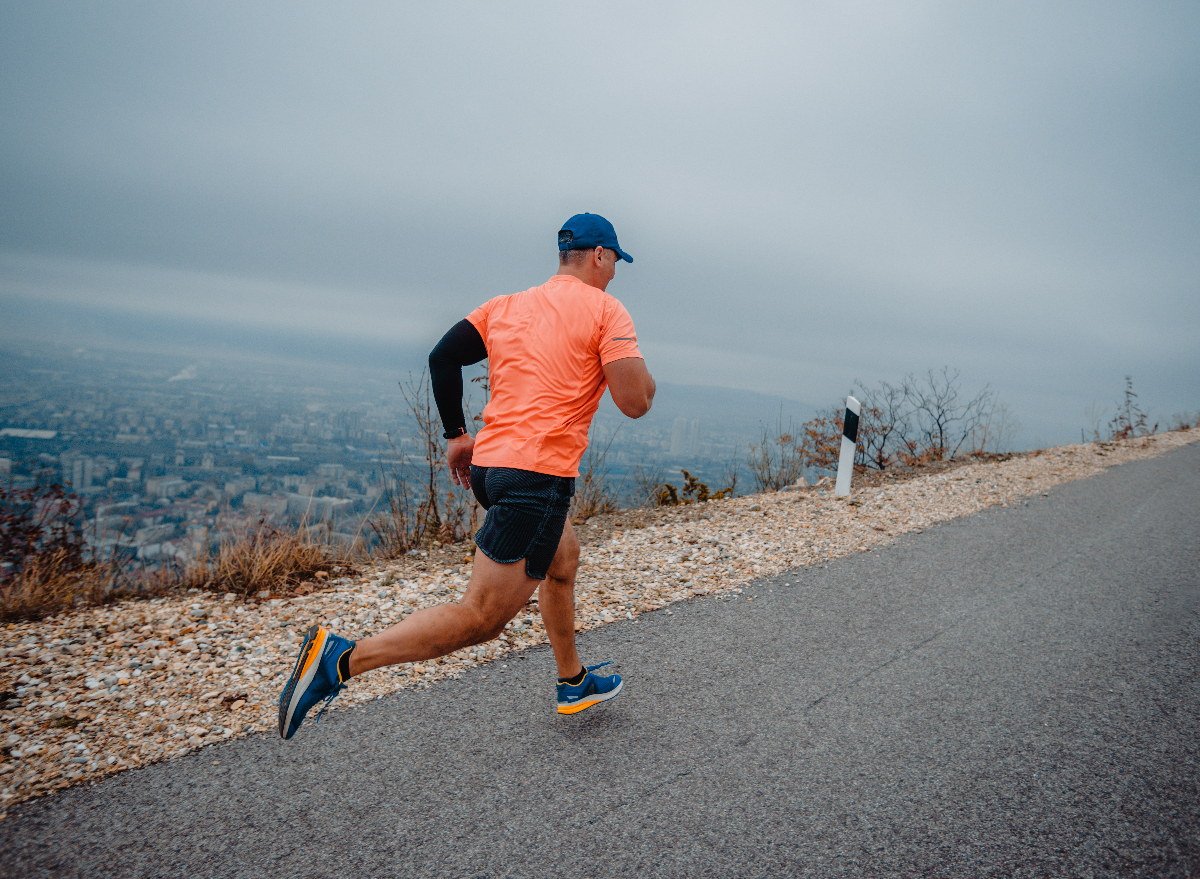Dealing With Typical Running Discomforts: Reasons, Solutions, and Prevention
As joggers, we frequently experience numerous pains that can impede our efficiency and pleasure of this physical task. By discovering the root reasons for these running pains, we can reveal targeted remedies and precautionary steps to ensure a smoother and more meeting running experience.
Common Running Pain: Shin Splints
Shin splints, a typical running discomfort, commonly result from overuse or inappropriate shoes during physical activity. This condition, medically known as median tibial anxiety disorder, shows up as pain along the inner side of the shinbone (shin) and prevails amongst professional athletes and runners. The recurring stress on the shinbone and the cells attaching the muscles to the bone causes inflammation and pain. Runners that rapidly increase the strength or duration of their exercises, or those that have level feet or improper running methods, are specifically at risk to shin splints.
To stop shin splints, people should slowly increase the intensity of their workouts, use proper shoes with appropriate arch support, and maintain adaptability and toughness in the muscles surrounding the shin (running strategy). Furthermore, integrating low-impact activities like swimming or cycling can assist maintain cardio fitness while permitting the shins to heal.
Usual Running Pain: IT Band Disorder
Along with shin splints, an additional widespread running discomfort that athletes frequently encounter is IT Band Disorder, a problem brought on by swelling of the iliotibial band that leaves the outer upper leg and knee. IT Band Disorder commonly materializes as discomfort outside of the knee, particularly throughout tasks like running or biking. The iliotibial band is a thick band of fascia that connects the aware of the shin, and when it becomes inflamed or limited, it can scrub against the thigh bone, resulting in pain and pain.
Runners experiencing IT Band Syndrome might discover a stinging or aching feeling on the external knee, which can intensify with continued task. Factors such as overuse, muscle imbalances, improper running form, or insufficient workout can contribute to the advancement of this problem.
Typical Running Discomfort: Plantar Fasciitis

Plantar Fasciitis can be credited to different elements such as overtraining, inappropriate footwear, working on difficult surface areas, or having high arches or flat feet. To stop and minimize Plantar Fasciitis, runners can incorporate stretching exercises for the calf bones and plantar fascia, wear encouraging shoes, keep a healthy weight to reduce stress on the feet, and progressively increase running intensity to prevent sudden anxiety on the plantar fascia. If signs continue, it is suggested to consult a health care professional for proper diagnosis and therapy choices to attend to the problem successfully.
Common Running Discomfort: Runner's Knee
After addressing the obstacles of Plantar Fasciitis, one more prevalent concern that runners commonly deal with is Runner's Knee, an usual running pain that can prevent athletic efficiency and create pain throughout exercise. Runner's Knee, also called patellofemoral discomfort disorder, shows up as discomfort around or behind the kneecap. This condition is often connected to overuse, muscle mass discrepancies, improper running strategies, or issues with the positioning of the kneecap. Joggers experiencing this discomfort may feel a dull, aching discomfort while running, rising or down stairs, or after extended durations of resting. To stop Jogger's Knee, it is vital to integrate appropriate warm-up and cool-down routines, preserve solid and balanced leg muscular tissues, use appropriate footwear, and slowly enhance running intensity. If signs and symptoms persist, inquiring from a healthcare professional or a sports medicine expert is suggested to detect the underlying reason and create a customized therapy strategy to alleviate the discomfort and protect against further problems.
Usual Running Pain: Achilles Tendonitis
Generally affecting runners, Achilles Tendonitis is an unpleasant problem that impacts the Achilles ligament, triggering pain and possible constraints in exercise. The Achilles tendon is a thick band of tissue that links the calf muscle mass to the heel bone, critical for activities like running, jumping, and strolling - original site. Achilles Tendonitis usually develops as a result of overuse, inappropriate shoes, insufficient stretching, or sudden boosts in physical activity
Signs of Achilles Tendonitis consist of discomfort and stiffness along the tendon, specifically in the early morning or after periods of inactivity, swelling that worsens with activity, and possibly bone spurs in chronic cases. To stop Achilles Tendonitis, it is crucial to extend effectively in the past and after running, put on ideal shoes with appropriate support, progressively i thought about this raise the strength of exercise, and cross-train to reduce repetitive stress and anxiety on the ligament.
Conclusion

Comments on “Turbocharge Your Runs: Open Your Prospective with Strategic Running Workouts”